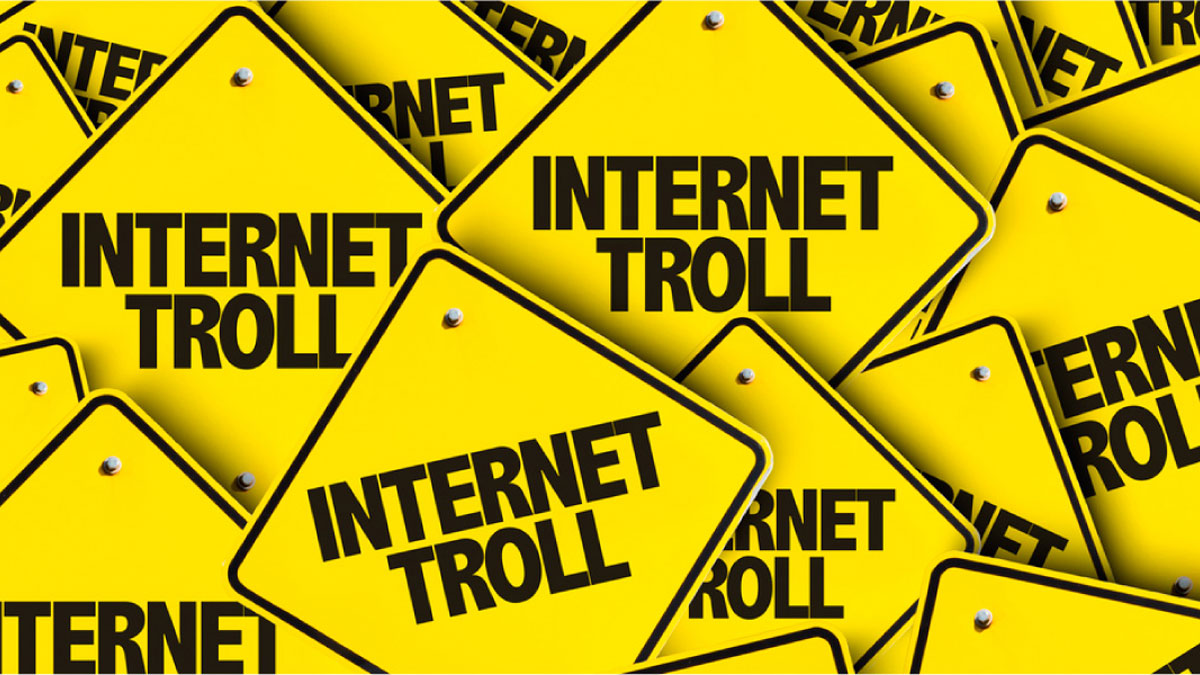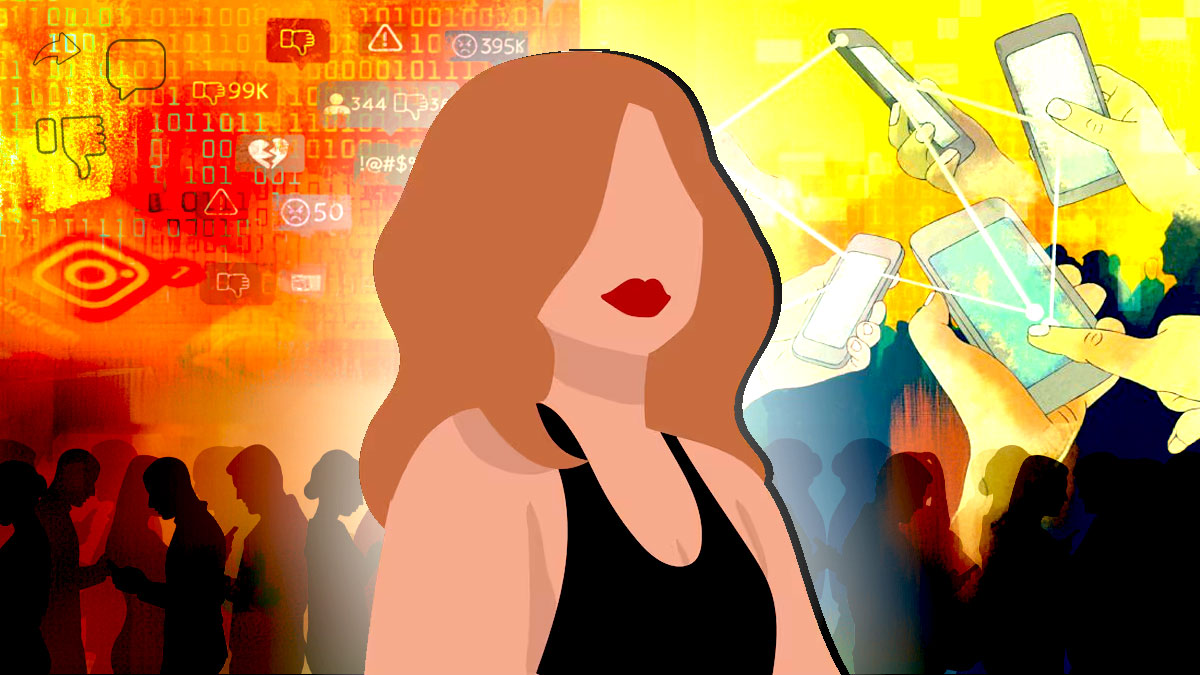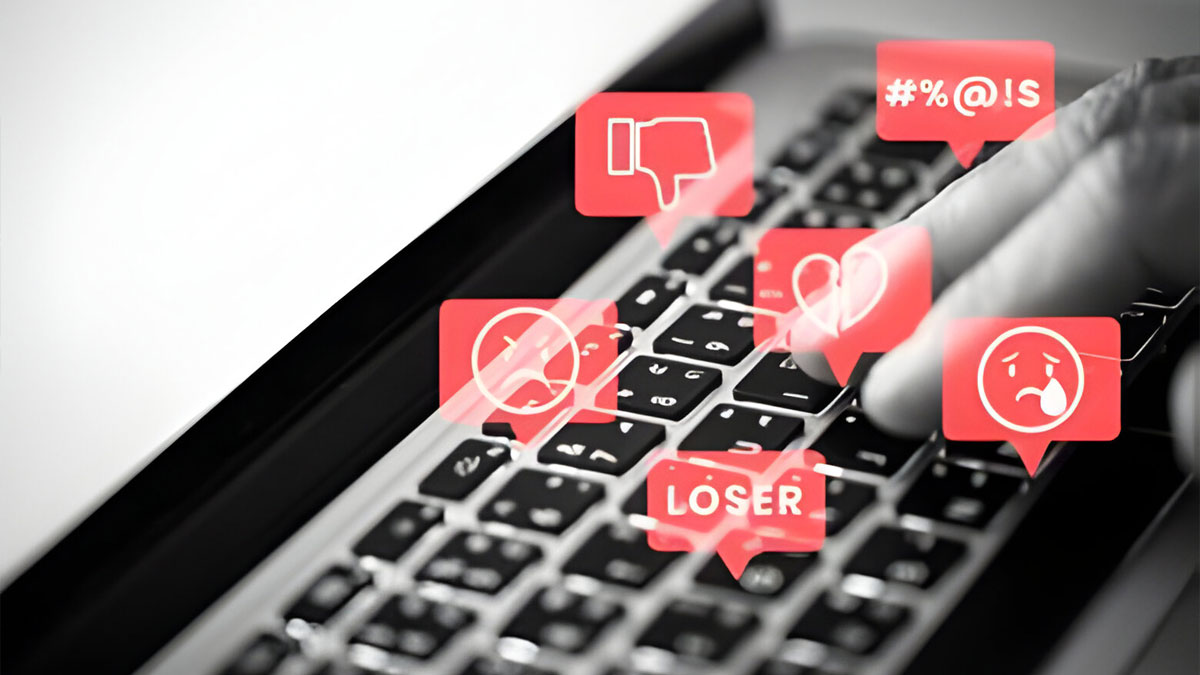
Shaming, Trolling, And Burnout: Inside The Lives Of Female Content Creators
It’s been a few years since the creator economy came into force, revolutionising the content, advertising, and marketing world. Female content creators have risen to fame, in all domains, from fashion and beauty to health and fitness.
The highs of the creator's life are many, but so are the lows. Societal gender biases often manifest in harmful ways, affecting women adversely as compared to men. Added to that, creators often face trolling and shaming. With their livelihoods and relevance linked directly to their numbers and reach, the overarching nature of social media often leads to burnout and mental health concerns.
To understand the nuances of being a female creator, HerZindagi spoke to creators from different fields. We also spoke to a tech expert to understand the safety concerns better.
Judgement About Everything NOT Related to Their Content
Sahini Banerjee (@feashts), a Delhi-based food vlogger with over five lakh followers on Instagram, incorporates cooking while voiceovers narrate unique personal or food history stories. While many appreciate her cooking skills, honesty and vulnerability, her comments section is often filled with vile comments with no connection to her cooking or the food she’s preparing.
“There's a lot of negativity around how I speak and how I present myself. People have called me fake or a liar,” she said while elaborating on all the comments around her looks and her American accent.
Read:Leisure as Liberation: Redefining Women's Leisure Through a Feminist Lens
She spent a part of her life in America, and the accent comes naturally to her. She never imagined that it’d become such a significant factor that people would notice when she began making content. “I get quite affected by it, and I keep wondering what other people are thinking about my accent. The fear comes from being bullied in school for a long time,” she said.
1
2
3
4
She explained how one time she was questioned about not being dressed differently for her videos. “Indian summers are long and hot and I'm someone who sweats a lot. Hence, I don't like to dress up while cooking. I don't have an AC in my studio right now and neither did I have one in my kitchen. When people started asking why I’m not more dressed up, I tried to explain this truth,” she recounted.
One popular format in Sahini’s content is asking her husband whether he’ll eat a particular dish or ingredient, and then proceeding to cook it. That too has attracted a lot of scrutiny and trolling.
View this post on Instagram
The fact that I cook for my husband, receives a lot of judgement. I've been conflicted about it for a while now. Am I promoting women going backwards, by cooking for my husband, and suggesting they should go back to the kitchen?” said Sahini. “But then as a creator who has to survive in this highly competitive economy, I wonder to what extent I should take that responsibility. I am with a man who respects me and my work, so I do what I do.”
Her husband, who she calls by his nickname Sunny, regularly helps her out in the kitchen, shooting videos, and setting up her studio. Instagram trolls, however, are often quick to label her content ‘regressive.’
Most comments about appearance come from men, says Diksha Singhi, a plus-size content creator and owner of accessory brand ‘Always A Little Extra’. She highlights how her sister, who makes content without showing her face, using just her hands, also gets comments about ugly nails or ugly hands, predominantly from men. “Trolling is very common, perhaps because they find it easy to leave a comment and disappear. There’s no shortage of men on the internet trying to pull you down,” said Diksha. 
Health and sex educator, Dr Tanaya, who goes by the username @drcuterus on Instagram said during one of her online AMAs (Ask Me Anything sessions) that every time she posts anything about men, her inbox gets flooded with unsolicited offensive pictures and derogatory comments. Due to this, she prefers making content focused on women.
Sinjini Roychowdhury, a lifestyle content creator, echoed Diksha’s thoughts and added that even the hate comments are gender biassed. “A male content creator posting a bare body picture doesn’t attract as much negativity and dirty comments, as a female creator does, when she posts a picture in a bikini,” she said.
Higher Competition for Women
In the beauty and fashion segment, women creators face intense competition. “There are more female fashion and beauty creators, so we’re always competing with more, if we see the numbers,” said Diksha.
Sinjini, the Kolkata-based fashion and lifestyle blogger, started her journey back when content creation was popularly called blogging and people would write blog posts. She witnessed the transition, when it became popular to post pictures on Instagram, and then evolved into reels, or short-form vertical videos. “You have to be consistent. Even if you take a break for a month, hundreds of new creators enter the game, and your audience may shift to them as well. The space is incredibly saturated,” she said.
“The only way to grow is to follow the trends,” she added. “If you crack the code and your content goes viral, the platform is also the most rewarding space.”
In the category of niche segments like fitness or food, the gender ratio is likely at par, said the creators we spoke to for the story.
Burnout and the Compulsive Urge to Make Content
Sahini explains how she’s currently feeling burnout-induced writer’s block like she hasn’t experienced before. “It affects my process of making content so much, because I don’t want to not be authentic, or cheat people. So far, my content has had positive undertones, and now that I am not feeling the most positive, how do I stay authentic to my work?”, she asks.
In the world of creators, number of followers, engagement rates, and audience insights become the currency.
It points to the prevailing dichotomy. Followers stick around for authenticity and simplicity, and thus during a bad mental health phase, ideally Sahini would like to take a break. She doesn’t want to complain through her content. However, her livelihood, brand commitments, and staying relevant are all linked to her regular content.
View this post on Instagram
Content creation is a business, and that is the lens creators have to see it from, explained Diksha, the plus-size fashion vlogger. “The more content you put out, the more chances of something going viral. The more viral content you produce, the more followers, views, and engagement you garner. More engagement translates to more brands reaching out for collaborations. So putting out content regularly is a necessity, but it’s also a constant pressing thought that bugs me from the back of my mind every day” she said.
She also pointed to how the cycle often leads to a compulsive need to make content all the time. Creators start perceiving everything around them as being worthy of being on the ‘gram.
“Such is the profession, that often while on personal trips too, I’ve felt the need to document everything. You start breathing, living and thinking about content all the time. That clear demarcation between the personal and professional is what everybody strives for,” she said.
The cycle leads to further burnout and exhaustion. 
“The number game also gets to you,” added Sinjini. Given that the Instagram algorithm is what determines who remains relevant and whose content works, the constant deluge of numbers can be overwhelming.
Even success gained through social media is often riddled with feelings of overwhelm. Diksha recently appeared on Shark Tank, a popular entrepreneurship TV Show, to raise funding for her brand ‘Always A Little Extra’. Post the show aired on SonyLiv, orders for her products started soaring.
“One night, I couldn’t sleep because all I could think about was the work that was pending. I then started crying and could feel a pain in my chest. I think it may have been a panic attack or an anxiety attack. I had to wake my husband up to ask him to help me calm down,” she recalled.
AI and Deepfakes: Privacy Concerns for Female Content Creators
The rise of AI and deepfakes has led to the risk of identity theft for many public figures.
"We need to address this as a community and with urgency before more of us are affected by such identity theft," expressed actor Rashmika Mandanna in a post on ‘X’ (formerly Twitter). This happened after a video of her in a black bodysuit went viral, which was later discovered to be created artificially.
She isn't the only Bollywood celebrity facing cloning and cyberattacks on social media; as other leading Bollywood actors, such as Katrina Kaif, Alia Bhatt, and Deepika Padukone have also become victims of deepfake attacks.
The threat looms large over public accounts of female content creators too. Data suggests that the maximum victims of online abuse in various forms are women.
“When it comes to deepfakes, women are more likely to become victims, as compared to men,” explained Sunny Nehra, cybersecurity expert and founder of Secure Your Hacks. “ Recently, I reported a few telegram bots which would convert images of females into nude pictures. One can find several websites providing deepfake adult videos of female celebrities,” he added.
Read:Decoding Deepfakes: Protecting Oneself & Legal Remedies, Experts Weigh In
What makes it worse is the easy availability of these tools, which enables perpetrators to create and share videos of whoever they want.
Sunny shared the methods that creators can use to safeguard themselves a little more on the internet. He said, “The best thing women can do is limit their videos, photos, and audio on social media or any other public domain. For influencers, this is difficult, however, if they spot anything suspicious, they should report it to the concerned authorities immediately.”
Sunny added that influencers are more prone to certain cyber threats like account hacking via phishing or other techniques. Sahini and her team said they frequently receive emails and messages from accounts that pretend to be Meta or Instagram, which are in essence the phishing attempts.
“To avoid cyber threats, the key is cyber awareness which comes through a cyber awareness program,” said Sunny. “One must attend cyber awareness programs and phishing simulation training to avoid being a victim of cyber threats.”
Despite the pitfalls, the creators agreed that it is pure love and passion for the craft, and the people whose lives they touch that keeps them going.
“The fact that my content is adding to people’s lives in some way - maybe as entertainment, or information - makes me happy,” said Sinjini, the fashion vlogger.
View this post on Instagram
“The essence is storytelling, I like telling people they’re not alone and that this is a safe space,” said Diksha. “I try being that person, where people can talk about their insecurities and fears, without the fear of being judged or bullied.”
It’s a little ironic, that despite their best efforts to create a safe space for all without judgement and fear, it's often these creators’ lives that are thrown into episodes of extreme fear, hatred and vitriol.
Also watch this video
Herzindagi video
1
2
3
4